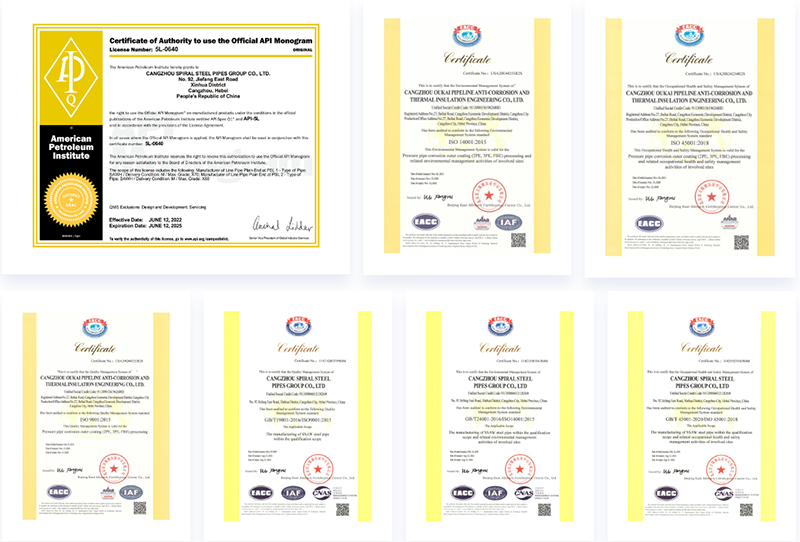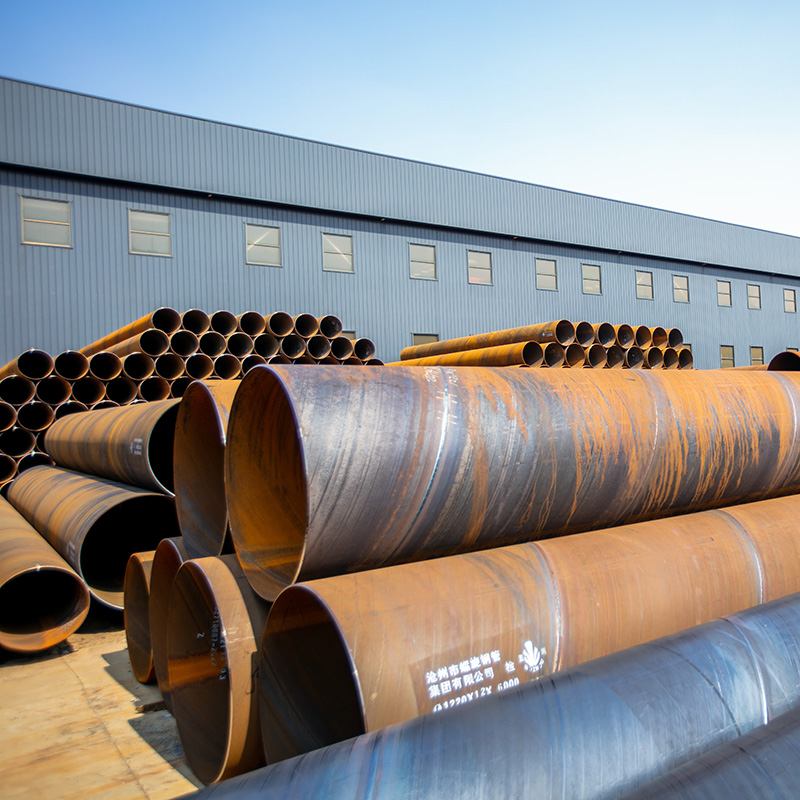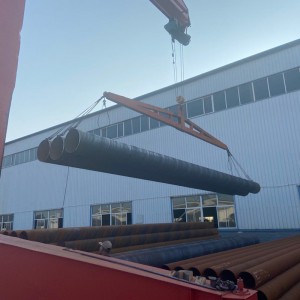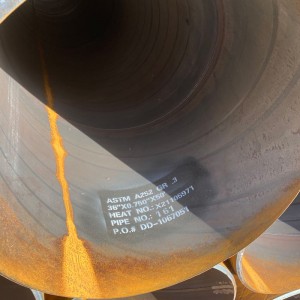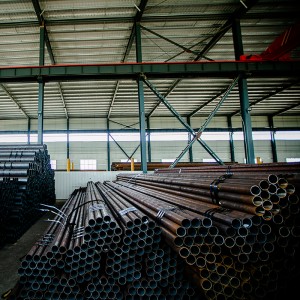Spiral Welded Carbon Steel Pipe For Water Line Tubing
Introduce:
The importance of spiral welded carbon steel pipe cannot be overlooked when choosing the right pipe for various industrial applications. Known for their superior strength and durability, these pipes are widely used in oil and gas transportation, water treatment plants, construction projects, and more. We will delve into the technical aspects of spiral welded carbon steel pipe, focusing specifically on its welding process and specifications.
Spiral Welding: Overview
Spiral welded carbon steel pipes are manufactured through the spiral welding process, which involves coiling and welding continuous steel strips into a cylindrical shape. This process is preferred because it ensures uniform thickness throughout the pipe. The spiral welding method offers many advantages, including enhanced strength, greater resistance to stress, and efficient load-carrying capabilities. In addition, it can produce pipes in various sizes, making them suitable for a wide range of applications.
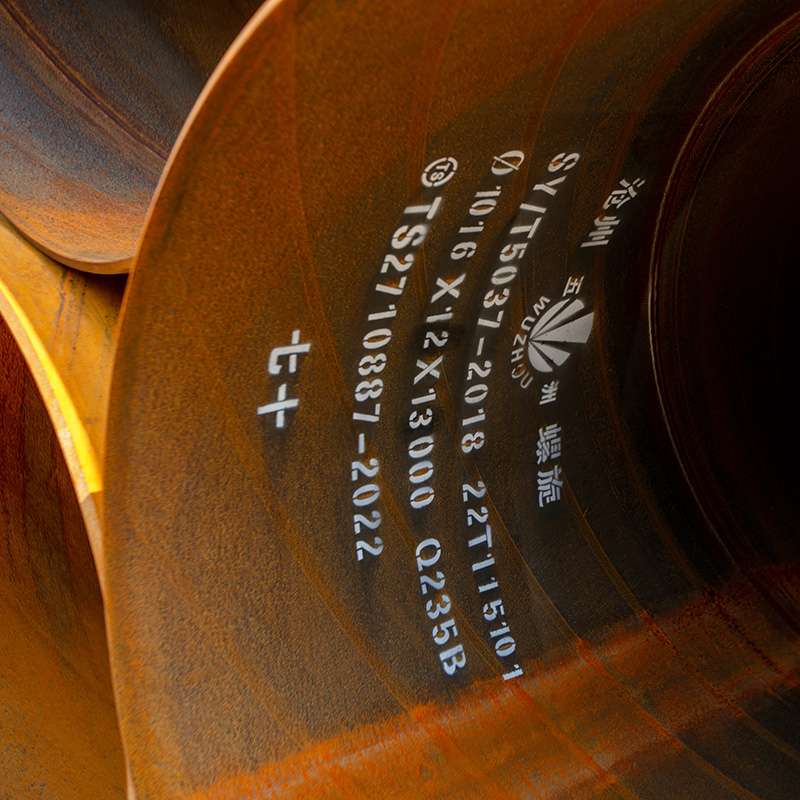
Carbon tube welding technology:
Carbon pipe welding is an important aspect of the manufacturing process as it ensures a strong and reliable connection between tubes.
- Submerged arc welding (SAW): This technology utilizes a continuously powered electrode immersed in a granular flux. It has high welding speed and excellent penetration, suitable for large diameter pipes.
- Gas Metal Arc Welding (GMAW/MIG): GMAW uses welding wire and shielding gas to generate welding heat. It is considered more versatile and suitable for pipes of different thicknesses.
- Gas tungsten arc welding (GTAW/TIG): GTAW uses non-consumable tungsten electrodes and shielding gas. It provides precise control of the welding process and is typically used for high-quality welds on thinner pipes.
Spiral welded pipe specifications:
| Standardization Code | API | ASTM | BS | DIN | GB/T | JIS | ISO | YB | SY/T | SNV |
|
Serial Number of Standard |
A53 |
1387 |
1626 |
3091 |
3442 |
599 |
4028 |
5037 |
OS-F101 | |
| 5L | A120 |
102019 |
9711 PSL1 |
3444 |
3181.1 |
5040 |
||||
| A135 | 9711 PSL2 |
3452 |
3183.2 |
|||||||
| A252 |
14291 |
3454 |
||||||||
| A500 |
13793 |
3466 |
||||||||
| A589 |
To ensure the compatibility of spiral welded carbon steel pipes in different applications, they are manufactured to specific industry standards and specifications. Standout specifications include:
1. API 5L: The American Petroleum Institute (API) specification ensures the quality and durability of pipelines used to transport gas, oil, and water in the oil and gas industry.
2. ASTM A53: This specification covers seamless and welded black and hot-dip galvanized steel pipe for various applications including water, gas, and steam transportation.
3. ASTM A252: This specification applies to welded and seamless steel pipe for piling purposes to provide required structural support for civil engineering projects such as building foundations and bridge construction.
4. EN10217-1/EN10217-2: European standards cover welded steel pipes for pressure and non-alloy steel pipes for pipeline transportation systems respectively.
In conclusion:
Spiral welded carbon steel pipe has become an indispensable component in countless industrial applications due to its superior strength and durability. Understanding the technical specifications and welding techniques involved is critical to selecting the appropriate pipe for a specific project. By adhering to recognized industry standards, you can be assured of the quality, reliability and longevity of these pipes. Whether it's oil and gas transportation, water treatment plants or construction projects, spiral welded carbon steel pipe provides a reliable solution for all your piping needs.
